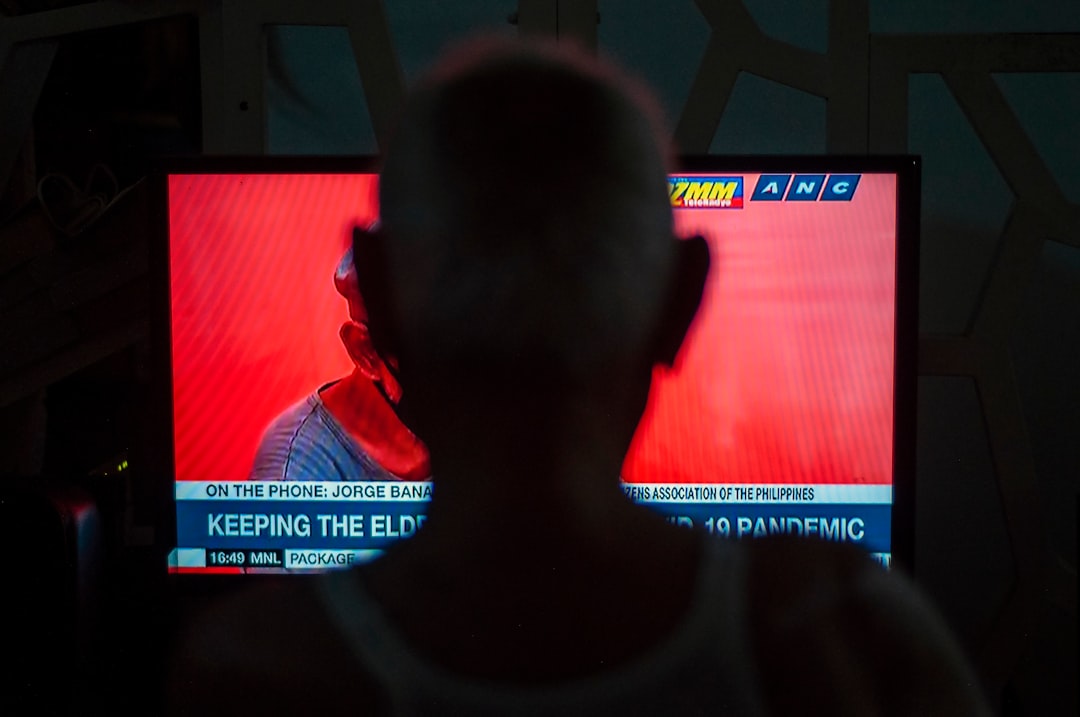Virtual reality (VR) technology has been rapidly advancing in recent years, and the latest innovations were on display at the Technology Conference held last week in San Francisco. The conference showcased cutting-edge VR technologies and highlighted the ways in which they are revolutionizing industries ranging from entertainment to healthcare.
One of the most exciting developments in VR technology is the increasing realism and immersion that is now possible. Companies such as Oculus and HTC Vive have been pushing the boundaries of what is possible in VR, creating experiences that are truly lifelike. From stunningly realistic graphics to immersive soundscapes, these advancements are making it easier than ever for users to feel like they are truly present in a virtual world.
One of the standout demonstrations at the conference was a virtual reality game that allowed users to explore a fully realized fantasy world. The level of detail in the game was truly impressive, with lush landscapes, detailed characters, and dynamic lighting that made the world feel alive. Players were able to interact with the environment in a variety of ways, from climbing trees to swimming in rivers, creating a truly immersive experience.
In addition to entertainment, the conference also highlighted the ways in which VR technology is being used in healthcare. One particularly interesting presentation focused on the use of VR in treating patients with PTSD. By exposing patients to virtual environments that trigger their traumatic memories in a controlled setting, therapists are able to help them confront their fears and work through their trauma in a safe and supportive environment.
Another area where VR technology is making a big impact is in the field of education. Virtual reality can provide students with immersive learning experiences that are far more engaging than traditional methods. For example, medical students can now practice surgical procedures in virtual reality, allowing them to hone their skills in a realistic setting without the need for cadavers.
The conference also featured a number of innovative new VR devices that are pushing the boundaries of what is possible in the medium. One of the most exciting products showcased was a virtual reality headset that uses eye-tracking technology to create more realistic visual experiences. By tracking where the user is looking, the headset is able to adjust the image in real-time, creating a sense of depth and realism that is truly groundbreaking.
Overall, the Technology Conference highlighted the incredible potential of virtual reality technology and its ability to transform industries across the board. From entertainment to healthcare to education, VR is opening up new possibilities for how we interact with the world around us. As the technology continues to evolve, it is clear that the future of virtual reality is brighter than ever.

